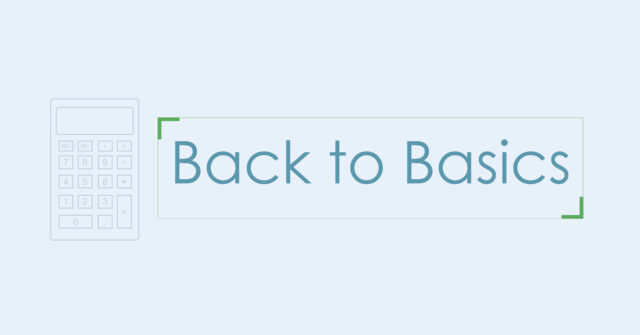As states begin opening up following months of restrictions, people are eagerly starting to open their wallets as well. Many individuals curbed their discretionary spending over the past year and are ready to resume travel, dining out, and other activities they may have missed out on during the pandemic. Nearly two million passengers flew on U.S. commercial flights on the Friday before Memorial Day weekend which was the highest total since the pandemic began. The restaurant industry is slowly getting back to normalcy as well with sales forecast to jump 10.2% in 2021.
Now is a good time to revisit your budget, prior to unleashing any pent-up spending, particularly if your spending habits, expenses, and/or your income have changed over the past year. One aspect of personal finance that became critical was the importance of emergency savings. If you had to dip into your savings or if you had to reduce your contributions to your 401k or other retirement plan, make sure you set it back to normal. This applies to debt as well. If you suspended student loan repayments or reduced the amount you typically paid toward your credit cards, revisit your pre-pandemic contributions and payments.
Advisors recommend that individuals and families budget the way that works best for them. Below are some popular household budgeting systems that can help keep you and your family finances on track.
1. The envelope system: This is a method of budgeting that works well for those who might tend to overspend or overuse credit cards. Traditionally, with this system, cash is portioned into different pre-labeled envelopes for variable expense categories such as groceries, entertainment, clothing, etc. When it’s gone, it’s gone. Spreadsheets instead of envelopes can be used to categorize and track spending as well.
2. The 50/20/30 method: This is a simpler version of the envelope system above because you allocate income into just three categories: (1) needs, (2) savings and debt repayment, and (3) wants. The 50/20/30 budget means that you pay all of your bills with 50% of your income, put 20% of your income towards savings/debt reduction, and 30% towards personal spending. If you can’t do 50/20/30, then you can try 60/20/20.
3. The zero based budget: The zero based budget method is a detailed spending plan where your income minus your expenses equals zero. With this system, you account for every dollar that comes in – assigning it to something important to you, which includes not only all of your expenses, but also budgeting for larger financial goals. One client we work with who uses the zero based budget approach carries around a spending log to keep track of where every penny goes and to help govern his spending habits from month to month. It is particularly useful to him given that he has variable income and is able to still meet his monthly saving and investing goals in months where he earns less.
4. The save first spend later strategy: This option prioritizes saving above all else. It begins with figuring out how much you need to be saving to meet your future financial goals, and then saving that amount first and spending whatever is left.
5. The big sweep: We have one client who, at the end of every month and after covering her monthly expenses, sweeps any unspent money remaining in her checking account into a separate savings account that is not tied to her debit card. The idea here is that if it isn’t in your bank account or if it’s a little harder to access, you may be less tempted to spend it. Furthermore, it provides an extra cushion for any unexpected expenses that may arise in future months.
Our advisors suggest thinking of a budget as a spending plan. It shouldn’t feel like you are limiting your freedom, but rather it should give you the freedom to spend money with purpose and intent and help your money go farther.

